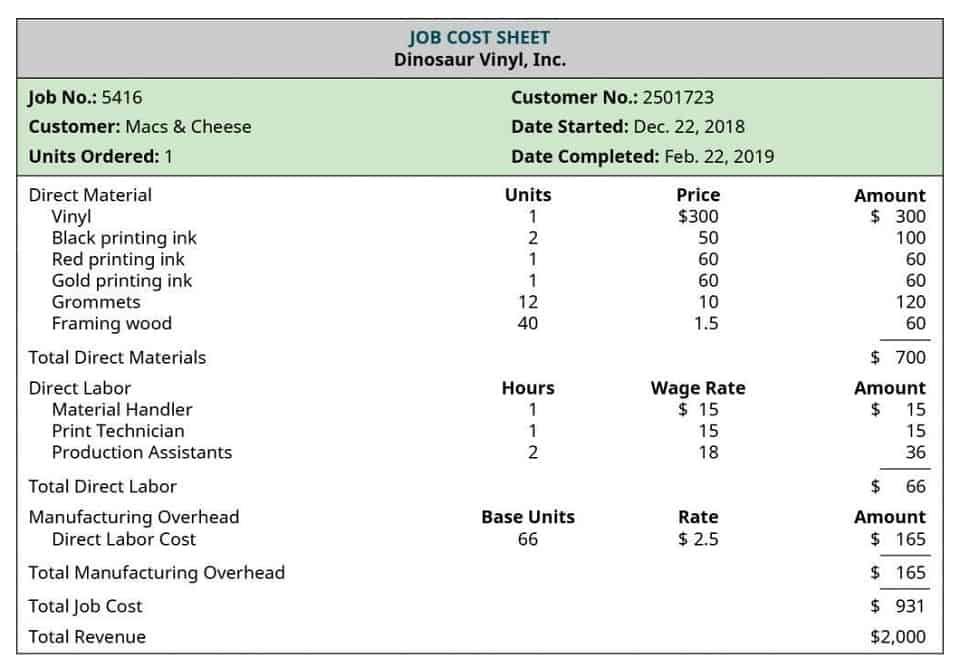Bookkeeping
Tax Shield Formula, Examples, Interest & Depreciation Tax Deductible

To increase cash flows and to further increase the value of a business, tax shields are used. A Tax Shield is an allowable deduction from taxable income that results in a reduction of taxes owed. Tax shields differ between countries and are based on what deductions are eligible versus ineligible.
Accounting Dictionary
Get instant access to video lessons taught by experienced investment bankers. Learn financial statement modeling, DCF, M&A, LBO, Comps and Excel shortcuts. This machinery has an estimated useful life of 10 years and a salvage value of $10,000. Taxpayers can deduct medical and dental costs that exceed 7.5% of adjusted gross income.
- We’ll now move to a modeling exercise, which you can access by filling out the form below.
- For Scenario A, the depreciation expense is set to be zero, whereas the annual depreciation is assumed to be $2 million under Scenario B.
- Under U.S. GAAP, depreciation reduces the book value of a company’s property, plant, and equipment (PP&E) over its estimated useful life.
- Get instant access to lessons taught by experienced private equity pros and bulge bracket investment bankers including financial statement modeling, DCF, M&A, LBO, Comps and Excel Modeling.
Everything You Need To Build Your Accounting Skills

As a result, it reduces the overall taxable income, thus lowering the amount of tax payable. Depending on the taxpayer’s total rate and cash flows for the specific year, tax shields differ from nation to nation and have different benefits. Meanwhile, the company maintains its own depreciation calculations for financial statement reporting, which are more likely to use the straight-line method of depreciation. This alternative treatment allows for the use of simpler depreciation methods for the preparation of financial statements, which can contribute to a faster closing process.
- Suppose we are looking at a company under two different scenarios, where the only difference is the depreciation expense.
- A Tax Shield is an allowable deduction from taxable income that results in a reduction of taxes owed.
- Interest tax shield refers to the reduction in taxable income which results from allowability of interest expense as a deduction from taxable income.
- Many countries produce oil in the Middle East and rely on exports rather than taxes to fund their budgets.
- Tax shields vary from country to country, and their benefits depend on the taxpayer’s overall tax rate and cash flows for the given tax year.
Depreciation Tax Shield Calculation Example

Tax shields allow taxpayers to reduce the amount of taxes owed by lowering their taxable income. When filing your taxes, ensure you are taking these deductions so that you can save money when tax season arrives. That the depreciation tax shield is best defined as the: interest is tax deductible, which is offset against the person’s taxable income. On the income statement, depreciation reduces a company’s earning before taxes (EBT) and the total taxes owed for book purposes.

Top 130+ Investment Banking Interview Questions (
These deductions reduce a taxpayer’s taxable income for a given year or defer income taxes into future years. Tax shields lower the overall amount of taxes owed by an individual taxpayer or a business. Anyone planning to use the depreciation tax shield should consider the use of accelerated depreciation. This approach allows the taxpayer to recognize a larger amount of depreciation as taxable expense during the first few years of the life of a fixed asset, and less depreciation later in its life. By using accelerated depreciation, a taxpayer can defer the recognition of taxable income until later years, thereby deferring the payment of income taxes to the government. The expression (CI – CO – D) in the first equation represents the taxable income which when multiplied with (1 – t) yields after-tax income.
- These deductions reduce a taxpayer’s taxable income for a given year or defer income taxes into future years.
- By using accelerated depreciation, a taxpayer can defer the recognition of taxable income until later years, thereby deferring the payment of income taxes to the government.
- Depreciation allows businesses to spread out the cost of an asset over its useful life.
- Because depreciation expense is treated as a non-cash add-back, it is added back to net income on the cash flow statement (CFS).
- Cosmetic surgery, health club or gym dues, diet food, and over-the-counter medications are examples of non-eligible medical costs (except insulin).
- To increase cash flows and to further increase the value of a business, tax shields are used.
- This is because the net effect of losing a tax shield is losing the value of the tax shield, but gaining back the original expense as income.
A government or other authority demanding a charge from individuals and businesses is known as taxation. Unlike other payments, the charge is compulsory and unrelated to any particular services that have been or will be rendered. https://www.bookstime.com/articles/cost-of-goods-manufactured Mr. Arora is an experienced private equity investment professional, with experience working across multiple markets. Rohan has a focus in particular on consumer and business services transactions and operational growth.
Are There Other Tax Shields?

Julia Kagan is a financial/consumer journalist and former senior editor, personal finance, of Investopedia. We’ll now move to a modeling exercise, which you can access by filling out the form below.
Related AccountingTools Course
Tax shields vary from country to country, and their benefits depend on the taxpayer’s overall tax rate and cash flows for the given tax year. Therefore, while the company paid $100,000 for the machinery, the actual after-tax cost is effectively lowered to $73,000 ($100,000 – $27,000) thanks to the depreciation tax shield. This is one of the ways companies manage their tax liabilities and improve cash flows. Depreciation tax shields are important because they can improve a company’s cash flow by reducing its tax liability.
- Consider the shield’s $100,000 yearly worth as an example of an interest expense.
- A government or other authority demanding a charge from individuals and businesses is known as taxation.
- Wesaid earlier our depreciation expense is $10,000, and let’s say that our tax rate is 30%.
- A tax shield represents a reduction in income taxes which occurs when tax laws allow an expense such as depreciation or interest as a deduction from taxable income.
- Since depreciation is a non-cash expense and tax is a cash expense there is a real-time value of money saving.
